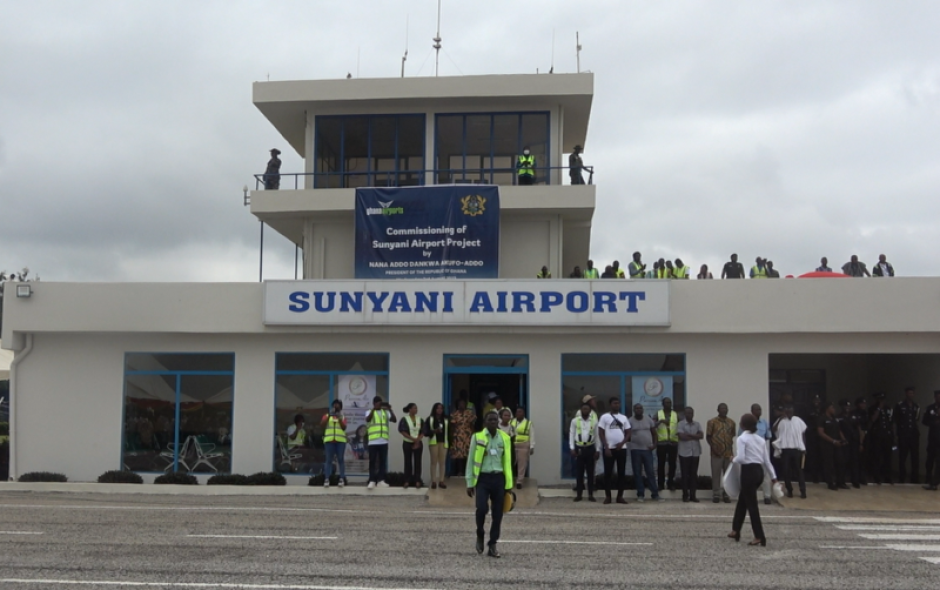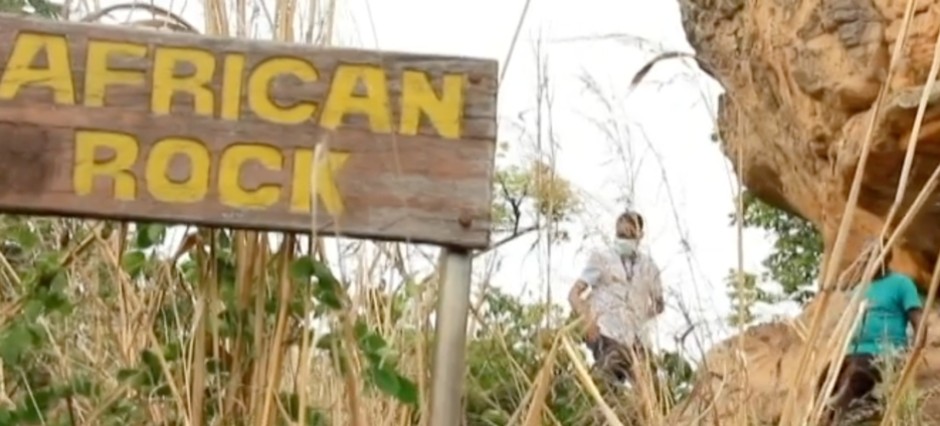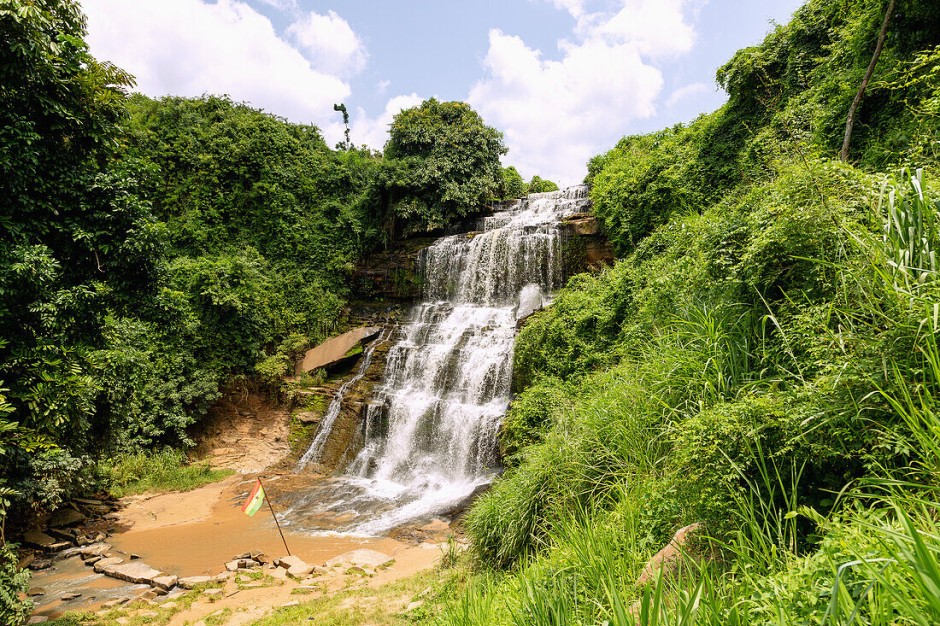Akatekyi Crocodile Pond: A Place...
September 29, 2025
Established through a meticulous process and reflective of the nation's cultural diversity, this new region holds promises of growth, cultural richness, and enchanting landscapes.
The Bono East Region was born out of the visionary efforts of the New Patriotic Party, materializing a pledge made before the 2016 Ghana general election. Techiman, an ancient city with historical significance, proudly serves as the capital of this burgeoning region. The creation of the Bono East Region is part of a broader initiative to reorganize Ghana's administrative divisions, resulting in the birth of six new regions, namely Bono, Western North, Ahafo, Savannah, North East, and Oti.

To oversee this ambitious project, the Ministry of Regional Reorganization and Development, under the leadership of Hon. Dan Botwe, was established. The journey towards the creation of the Bono East Region involved extensive consultations, policy formulations, and engagement with local communities.
In a historic referendum held on December 27, 2018, the people within the proposed Bono East Region resoundingly voiced their support for its creation. A staggering 99.50% of the 450,812 votes cast favored the establishment of the new region, showcasing a strong popular mandate for this bold step in regional development.
Bordered by the Savannah Region to the north, the Bono Region to the west, the Ashanti Region to the south, and the Volta Lake to the east, the Bono East Region boasts a diverse geographical tapestry. Its climate, part of Ghana's vegetative belt, provides a conducive environment for flourishing vegetation. The region experiences a dry season from December to April, followed by a wet season between July and November, with an average annual rainfall ranging from 750 to 1050 mm.

The fertility of Bono East's soils nurtures a thriving agricultural sector, contributing significantly to the nation's food production. The region excels in the cultivation of yams, beans, maize, cassava, cocoyam, rice, and plantains. Fishing activities along the shores of Lake Volta further enrich the region's economic landscape.
Bono East Region unfolds a treasure trove of tourist attractions, enticing both locals and international visitors. From the Boabeng Fiema Monkey Sanctuary to the Buoyem Caves and Bats Colony, the region offers a blend of natural wonders and cultural heritage. Notably, sites like the Kristo Boase Monastery, Nchiraa Waterfalls, Digya National Park, and Fuller Falls beckon adventurers seeking a harmonious communion with nature.

The Bono East Region, echoing the historical struggles of the past, served as a point in the slave trade where captives were graded and sorted. Bono Manso, located on the Techiman–Kintampo road, symbolizes this painful chapter, attracting African Americans and others from the diaspora seeking to connect with their roots.
With a low population density, the Bono East region is characterized by the prevalence of the Bono dialect. Ancestral worship, spirituality, and Christianity shape the cultural and religious fabric of the region. Festive celebrations, including the Apoo Festival, Kurubi Festival, and Nkyifie, showcase the vibrant cultural tapestry of the inhabitants.
The political administration of the Bono East Region operates through the local government system. Comprising 11 MMDAs, including Municipal, Metropolitan, and Ordinary Assemblies, each is administered by a Chief Executive, representing the central government. The region, represented by a diverse list of districts, is poised for effective governance and local representation.
In conclusion, the Bono East Region stands as a testament to Ghana's commitment to decentralization, regional development, and the preservation of cultural heritage. As it embarks on a journey of growth and prosperity, this region invites all to explore its history, enjoy its natural wonders, and embrace the warmth of its diverse communities. The Bono East Region, with Techiman at its heart, beckons as a beacon of promise and potential in Ghana's regional landscape.
September 29, 2025
September 29, 2025
September 26, 2025
September 18, 2025
September 18, 2025
September 4, 2025
September 3, 2025
August 28, 2025
August 19, 2025
August 8, 2025